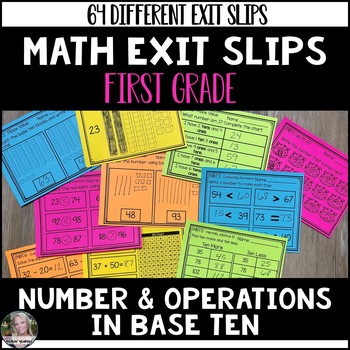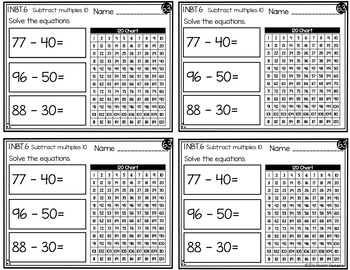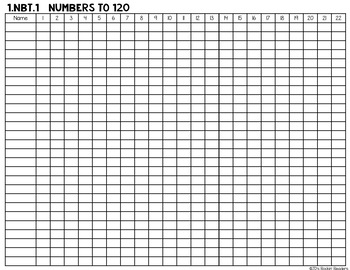Math Exit Slips (Number and Operations in Base Ten)
- PDF
Description
Math exit slips are a great way to do a quick check on first grade math skills. There are 64 different exit slips that assess Number and Operations in Base Ten using the Common Core State Standards. These quick checks assess students after a lesson to you can know who needs additional practice or intervention.
Included:
1.NBT.1 Numbers to 120
- 22 exit slips
- numbers up to 30, up to 60, up to 90, and up to 120
1.NBT.2 Place Value
- 20 exit slips
- students show understanding of base ten blocks
1.NBT.3 Comparing Numbers
- 7 exit slips
- compare numbers using greater than/less than/equal symbols
1.NBT.4 Addition within 100
- 6 exit slips
- add within 100 using multiples of 10
1.NBT.5 Mentally add/subtract 10
- 5 exit slips
1.NBT.6 Subtracting by 10's
- 4 exit slips
- use 120 chart to subtract multiples of 10
Recording Pages
Don't forget- leaving feedback earns you TPT credits toward free TPT purchases!
FOLLOW ME to be notified when new resources are uploaded AND I offer 50% off my products for the first 48 hours. It pays to follow.
ROCK YOUR LITERACY BLOCK!
Jennie
JD's Rockin' Readers





